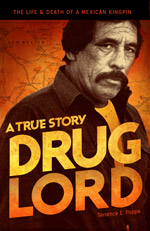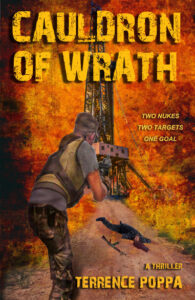(LA TIMES) — By Kate Linthicum
During sleepless nights in an immigrant detention center in Texas just north of the border, Emilio Gutierrez Soto has had a lot of time to think. Shivering on a flimsy mattress under thin sheets, 54-year-old Gutierrez finds himself circling back to the same question: Was it worth it?
Was it worth writing those articles critical of the Mexican military? Was it worth having to flee Mexico after receiving threats against his life?
Many miles away, in a teeming Mexican metropolis, Julio Omar Gomez is not confined behind bars, but might as well be.
Since last spring, Gomez, 37, has been living under state protection in a cramped, anonymous apartment many miles from home. He typically only leaves for appointments with his psychologist, who is treating him for anxiety and post-traumatic stress.
Gomez, too, wonders whether his journalism was worth it. Was exposing government corruption in his home state of Baja California Sur worth the three attacks on his life? Was it worth having to send his children into hiding?
Last year, reporters and photographers turned up dead in Mexico at a rate of about one per month, making it the most dangerous country in the world for journalists after war-torn Syria. They were some of the country’s most fearless investigators and sharp-tongued critics, shot down while shopping, while reclining in a hammock, while driving children to school. In January, 77-year-old opinion columnist Carlos Dominguez was waiting at a traffic light with his grandchildren when three men stabbed him 21 times.
[ READ MORE]




 February 11th, 2018
February 11th, 2018 
